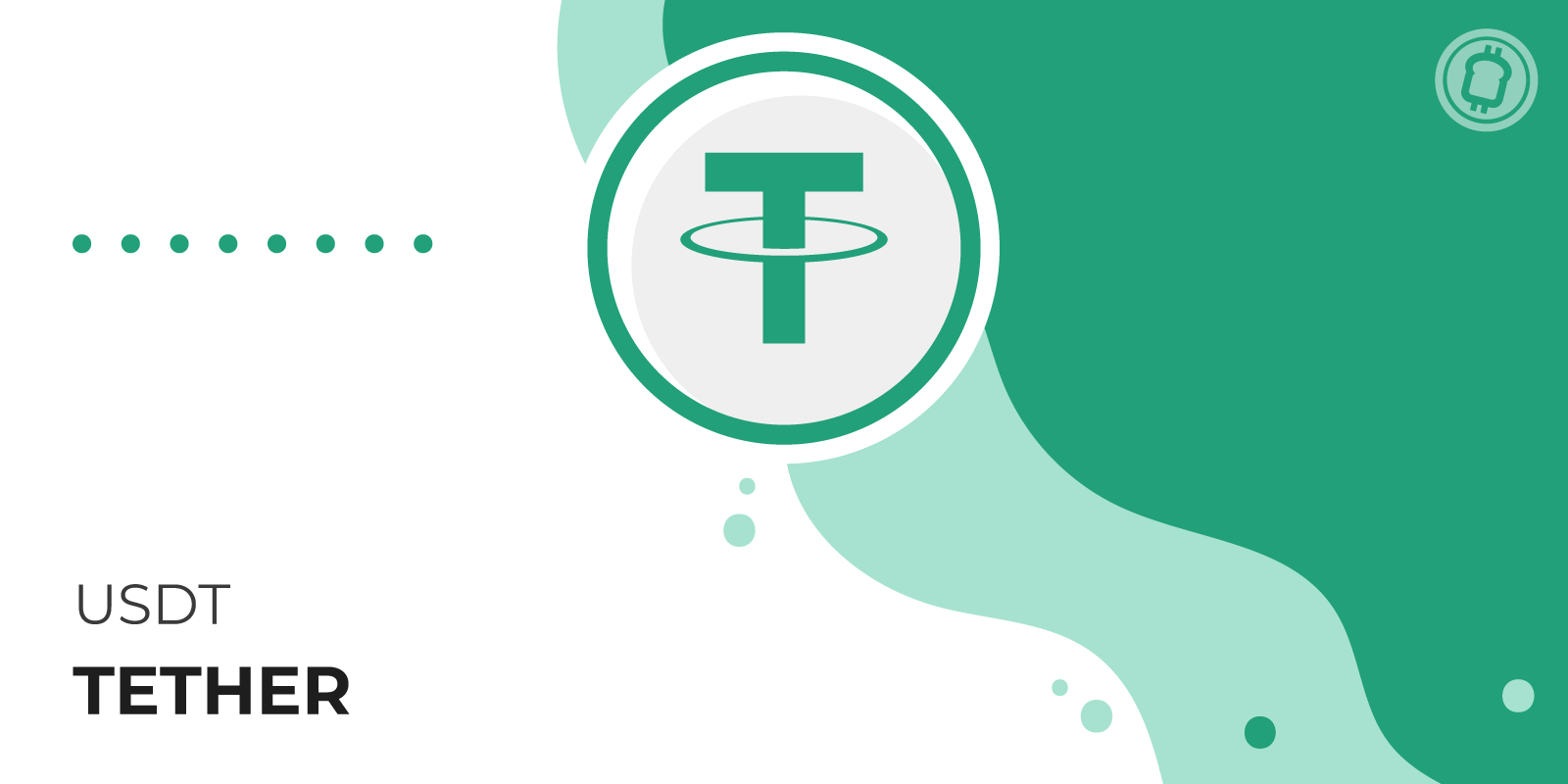Tether trading rules
- 尊渡假赌尊渡假赌尊渡假赌Original
- 2024-04-25 14:54:021225browse
USDT trading rules include: Choose a reputable trading platform. Top up funds and find out processing times. Select a trading pair and enter the quantity and price. Distinguish between market orders and limit orders. Understand and place stop-loss and take-profit orders. Be aware of transaction fees and learn about security considerations.

Tether trading rules
Tether (USDT) is a stablecoin pegged to the U.S. dollar that has become a cryptocurrency Popular trading pairs in trading. The following is an overview of Tether trading rules:
Trading platform selection
Choose a reputable cryptocurrency trading platform that supports Tether trading. Consider transaction fees, security, and the reputation of the platform.
Fund Recharge
According to the regulations of the trading platform, use bank transfer, credit card or other methods to inject funds into your account. Please note the processing times for withdrawals and deposits.
USDT Trading
Select the cryptocurrency pair you wish to trade, for example BTC/USDT. Enter the amount of Tether you want to buy or sell, and the price you are willing to pay.
Market orders and limit orders
Market orders are executed immediately at the current market price. A limit order allows you to set a specific price and the order will only be executed when the market price reaches the price you set.
Stop-Loss and Take-Profit Orders
Stop-loss orders are used to limit losses when prices fall, while take-profit orders are used to lock in profits when prices rise. These orders can be placed when you submit your trade or later.
Transaction Fees
Most trading platforms charge a transaction fee, usually calculated as a percentage of the transaction amount. Before placing a trade, it is important to understand transaction fees.
Safety Precautions
It is important to protect the security of your Tether transactions. Use strong passwords, enable two-factor authentication, and avoid transactions on public Wi-Fi.
The above is the detailed content of Tether trading rules. For more information, please follow other related articles on the PHP Chinese website!
Related articles
See more- Digital Currency Formal Trading Platform Ranking Top Ten Virtual Currency Trading Platform Apps
- A collection of commonly used cryptocurrency exchange software in Hong Kong. Regular and official ranking of cryptocurrency browsers.
- Ranking of the top 100 currency exchanges, which app of the currency trading platform is reliable?
- Learn more about how stablecoins make money in this article? Introduction to the profit model of stablecoins
- Which exchange can I buy Tether on?

